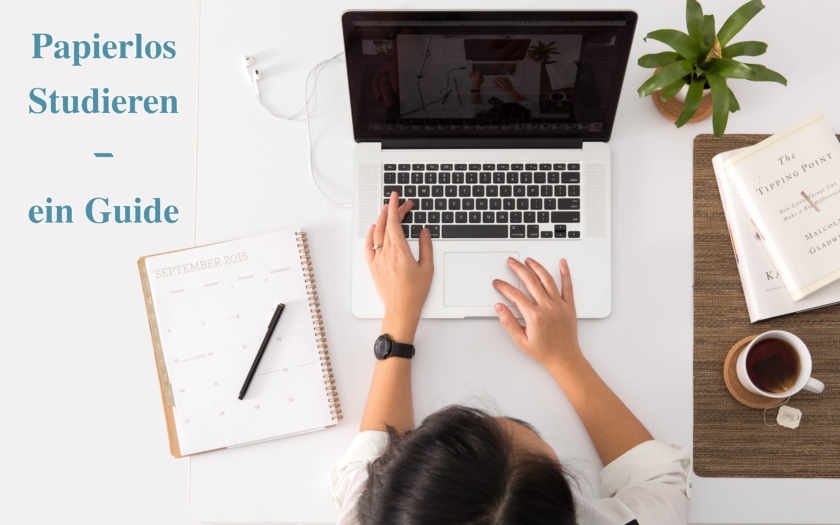The semester starts and, as in every year, many are at university for the first time. Suddenly, you are facing questions that you never had before. So that the start is not a hurdle, at least in technical terms, I would like to give a few brief tips in this series of articles to make everyday study easier. The first article is about which device is the right one for everyday study.
What device should it be?
At the beginning, there is of course the question of which device to use. Without a laptop or something comparable, you can’t study today, of course.
Now that more and more people have been vaccinated against Covid, classroom lectures at the university are becoming more realistic again, so I assume that a lot of university will now also take place in the university again. So as a student, you constantly have at least two workplaces: your desk at home and the lecture hall, seminar room or library. Against this background, a laptop is actually the only reasonable solution, because you can be sure that you can use all the apps that you need. If it is financially feasible, I would also prefer to spend a little more money and get a higher quality model, since it will be your most important companion. And if you use the laptop for the whole study period, the costs will be more acceptable – especially if you had bought a new computer after two years, because the old one wasn’t that great.
Apple or Microsoft?
I personally use a MacBook Air with M1 chip and am very, very satisfied with it. It combines a very high-quality workmanship with a processor that is sufficient for almost everything and is also nice and small and handy. In the version with 8 GB RAM and 512 GB SSD (I wouldn’t recommend a smaller SSD), you can currently (early October 2021) find the MacBook for under €1,200. I find that quite reasonable when you consider that you can definitely earn a Bachelor’s and Master’s degree with it, as long as you treat the device with care.
But of course, other providers also offer great laptops. If I did not go for Apple, I would almost certainly buy a Surface Book from Microsoft. The reasons are quickly explained: on the one hand, I like the designs of the Surface series, and on the other hand, I am a fan of hardware and software coming from the same company. It is then simply more likely that the products are well harmonized with each other. That’s the case with Apple, and it’s the same with Surface Books. I also like the idea that you can remove the screen and use it as a tablet. Together with the stylus, you have a great overall package. However, it is not necessarily more attractive than Apple’s price.
Of course, there are many, many other manufacturers. For the reasons mentioned, I would prefer to stay with one of the two manufacturers that supply the entire package, if possible. If that is not possible for price reasons, I have personally had good experiences with Xiaomi and Lenovo.
Would you like a tablet, too?
I would only consider a tablet as a second step. It is, of course, extremely practical and a useful addition, especially for studying. Annotating slides or texts with the pen is super intuitive and simply works better than with the mouse. A tablet can also be a better solution for focused writing. If you’re thinking about buying an iPad, I’ve put together a little help for you in this article. Spoiler up front: the affordable iPad 8 is a great choice if you just want a tablet to complement your laptop. And with the latest update, even the cheapest version comes with 64 GB of storage, which can be quite enough for many if you hold back a bit on app downloads. Those who want a bit more can take a look at the iPad Air.
The most important things in a nutshell:
In summary, I would first recommend a high-quality laptop, because you will use it every day for many years. If you still have some budget left, a tablet can be a very helpful addition. Apple’s iPads surprisingly offer the best price-performance ratio here.
Do you still have questions? Then post a comment or email me.
Upcoming articles in this series:
How do I work efficiently with lecture notes?
How can I usefully capture and manage literature?
Acquiring knowledge with the Zettelkasten technique
No backup, no pity
Avoid deadline panic with time management
Cover based on: Photo by Avel Chuklanov on Unsplash

